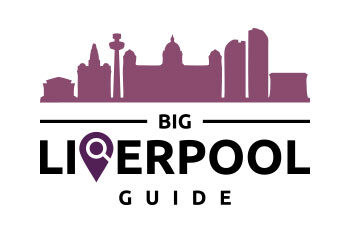The History of Liverpool’s Chinatown

The History of Liverpool’s Chinatown
There is no denying Chinatown’s huge influence on the city of Liverpool, but where did it all start?
Each and every year thousands of people flock to the streets of Chinatown and welcome in the Chinese New Year. The locals put on an incredible show and it is a time where the Chinese community are really celebrated.
Liverpool is home to the oldest Chinese community in Europe and it’s a huge focal point of the city. From its magnificent archway to a large selection of authentic restaurants, supermarkets and shops, the Chinese community in Liverpool has been integral to the cities development since the first immigrants arrived in the early 1830’s.
Many of us celebrate Chinese New Year, understand the animals associated with the years and love a Chinese meal but how did it all begin? How did the Chinese community become so fundamental to Liverpool?

Arriving in Liverpool
It all started in 1834 when the first vessel arrived in Liverpool direct from China. This was the first time the China trade was thrown open to private enterprises following the East India Company’s charter.
Over a decade later, Alfred Hold and Company employed a significant amount of Chinese seamen during the establishment of the Blue Funnel Shipping Line. The connections between Liverpool and China, particularly Shanghai and Hong Kong grew stronger, the ships became more frequent and stopovers in Liverpool became common practice.
To accommodate seamen on shore leave, The Holt Shipping Company opened a number of boarding houses for the workers. Over time some of the Chinese sailors decided they wanted to settle in Liverpool, opting for a location close to the docks which happened to be Cleveland Square, Pitt Street and Frederick Street.

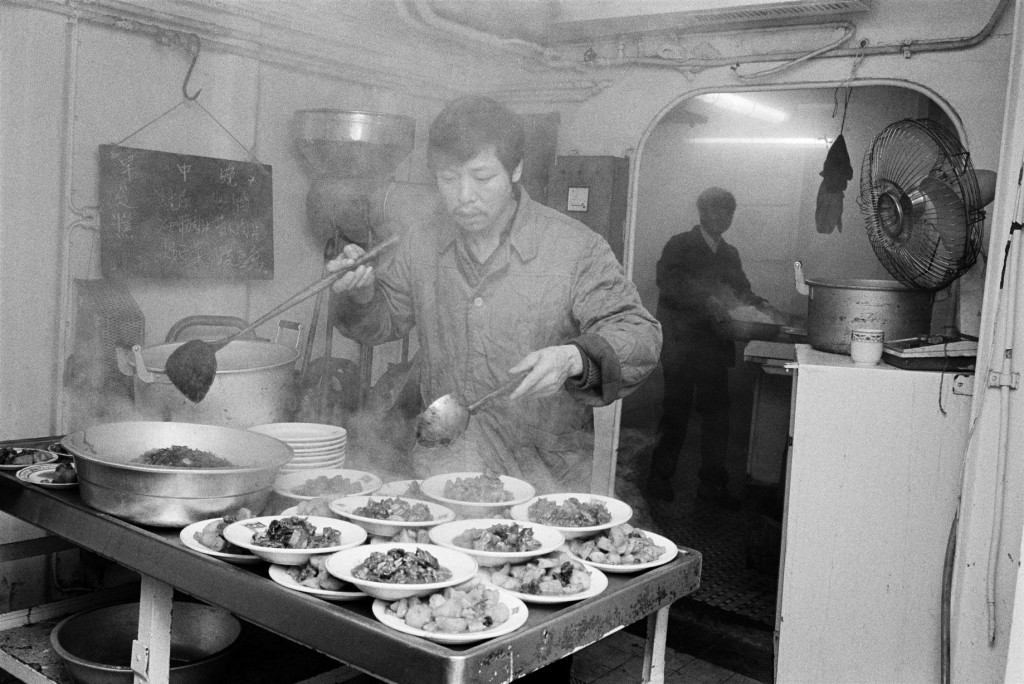
Settling Down
It was in this area that the residents began to set up their own businesses, they wanted to make the countrymen feel more at home in a city and country which was completely alien to them. They opened shops so the sailors could cook their own food, cafes so they could buy hot meals and boarding houses so seamen could stay in an environment where others spoke their language. However, it wasn’t all plain sailing, sadly some landlords, often Chinese settlers themselves, exploited their fellow countrymen and charged extortionate boarding rates.
The Chinese were well liked by the local people, especially the women who viewed the men as being honest, faithful, hardworking and most importantly family men who took care of their wives and children. This created a surge in marriages between Chinese men and Liverpudlian women, with many of the women happily helping out in their husband’s businesses. Marriages between Chinese men and English women did propose some risks such as the woman losing her British citizenship, so many didn’t marry just set up home and lived together.


World War I
Although the men were viewed as being more responsible than the locals, there was a particular problem with gambling. During World War 1, the government borrowed a number of ships from the Blue Funnel Line- many of which returned badly damaged or even completely destroyed. To compensate the sailors for loss of work, the men were given £5 vouchers, nicknamed ‘the white duvet cover’ due to the vouchers thickness. The length of time sailors were out of work varied from 2-4 weeks, a period where there wasn’t a lot to do so the seamen spent their time in gambling establishments.
The settlers who had been established in the city for a significant period of time were concerned about the amount of gambling the new arrivals were doing so in 1917, the first ‘Chinese Seamen’s Welfare Centre’ was opened. This centre was run by Chinese settlers and managed to provide the seamen with a distraction from gambling their wages away.

World War II
The population of Liverpool’s Chinese community grew larger and larger, at the beginning of World War II, in the late 1930’s there were up to 20,000 Chinese mariners in Liverpool. Many Chinese men fought for Great Britain and subsequently played a vital role in helping Britain and her allies secure victory.
With the community firmly established and growing a number of projects came about including a Chinese Language School (1939) Chinese Bank (1944) Chinese Newspaper called ‘ Chung Hua Chow Pao ‘ (1944) Chinese Seamen’s Welfare Centre (1947) later followed by a Liverpool Chinese Gospel Mission in 1956 and a Chinese Seamen’s Club in 1961 along with other projects which really helped to build the Chinese community.
During the war, the centre of Liverpool’s Chinese Community was destroyed by bombings, particularly Cleveland Square and Pitt Street where there were around 14 Chinese shops, laundrettes and cafes.
After WW2 and the destruction of particular areas by the Blitz and the City council, the Chinese community began to settle in the areas of Nelson Street, Upper Parliament Street, Duke Street, Great George Street and Berry Street.
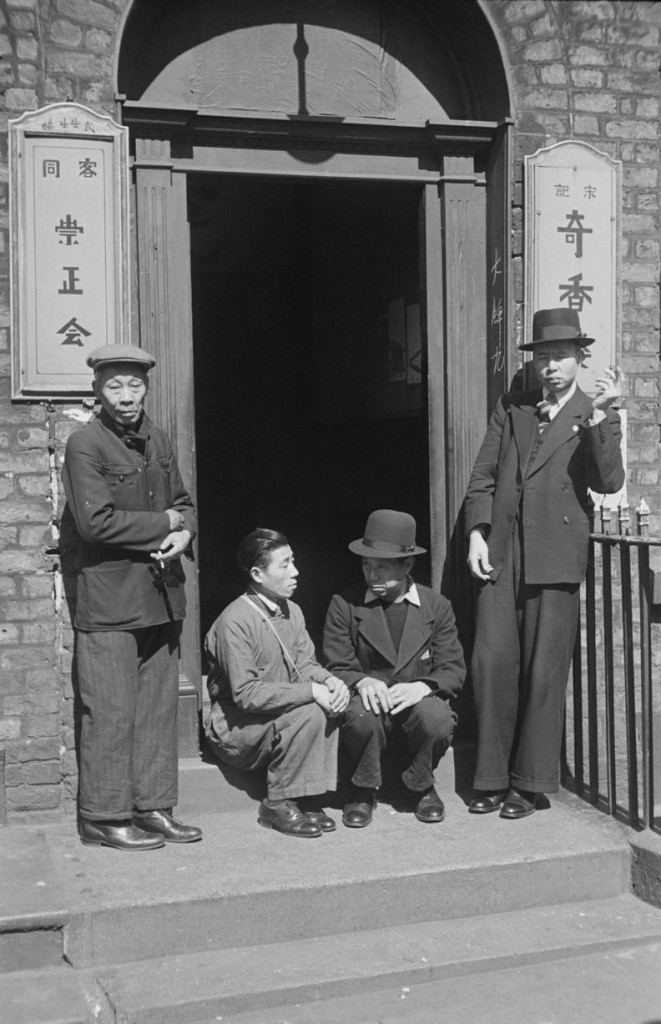

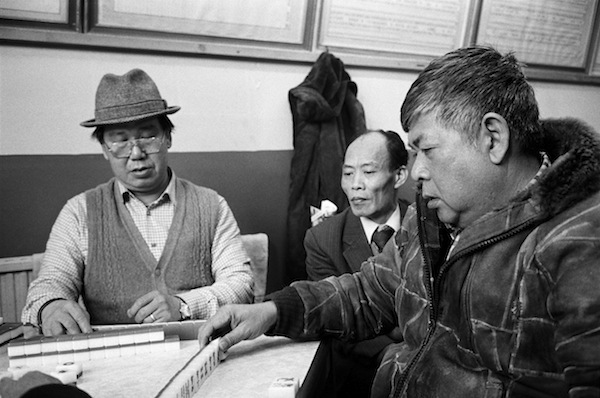
The Arch
In 2000, The Chinese Ceremonial Archway was revealed.
The Arch which was made in Shanghai and shipped to Liverpool piece by piece, was erected by Chinese craftsmen in less than 90 days by a team of 20 workers.
The Arch stands at a huge 15 metres high and is the largest in Europe and the tallest standing in any Chinatown outside of mainland China. The arch is made of wood and marble, decorated with gold, red, green and the Chinese Royal colour of yellow.
The magnificent arch features 200 hand-carved dragons; 188 ordinary dragons and 12 pregnant dragons which are symbolic of good fortune between Liverpool and Shanghai, which are twin cities. The arch is protected by two bronze lions and placed correctly with the principles of Feng Shui. The archway in all its glory simply states one thing, Zhong Guo Cheng or simply translated “Chinatown.”

Modern Day

Today Liverpool’s Chinatown is as grand as ever, situated around Nelson Street, Duke Street and Berry Street where there are still many Chinese-run establishments including restaurants and takeaways, supermarkets, bookshops and a Chinese gospel church. Each year the area is home to a spectacular Chinese New Year celebration which is filled with dancing dragons, musicians and a lots of entertainment.
Chinese New Year 2016
For 2016, year of the Monkey the celebrations will be held on Sunday, February 7. The Year of the Monkey covers people born in 1920, 1932, 1944, 1956, 1968, 1980, 1992 and 2004 as well as babies born within the next 12 months.
The celebrations will begin at 11am and will include a family fun fair, Chinese market and all the usual street entertainers.
For more information on other events happening in Liverpool please read our 2016 events guide.
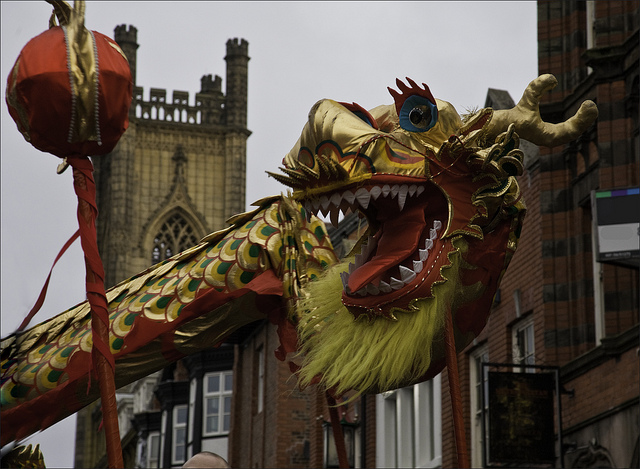
The Future
The future of Liverpool’s historic Chinatown is exciting to say the least.
Last year a multimillion-pound regeneration was unveiled for Tribeca fields, the vacant playing field which lies just off Great George Street and shadows the grand Anglican Cathedral. Work has already begun for the project which is expected to completely revolutionise the area.
The iconic Wedding House and Black-E will not be affected by these plans, only included and their presence enhanced.
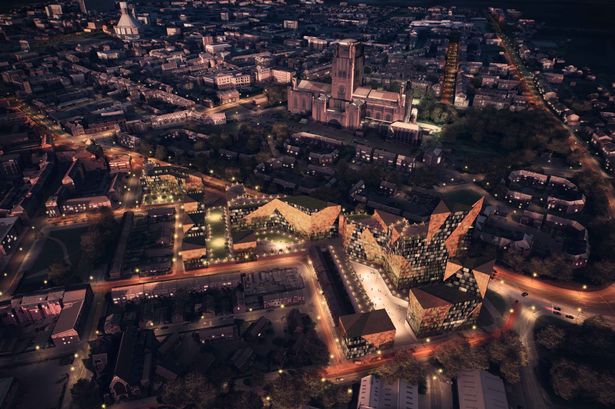
New Chinatown
The £200m development which is being bought by North Point Global (China Town Developments Limited) is being called ‘New Chinatown’ as it hopes to re-establish a resident Chinese population within the area.
The development is expected to transform into a huge residential and retail area consisting of 800 homes and 200,000 square foot of retail space. This is amazing news for not only for the Chinatown area but for the city of Liverpool.
The CGI images below show the proposed final design of the development which is being brought to the city by Chinese investors and developers. The modern architecture of these buildings will really regenerate this area of town which has become rundown over the past few years.
Once New Chinatown is completed it is expected to welcome over 200 new Chinese business offering over 1,000 new jobs for the local residentsWith a real focus on developing Liverpool’s Chinatown, this development has the potential to be one of the most important in Liverpool’s recent history.
With a real focus on developing Liverpool’s Chinatown, this development has the potential to be one of the most important in Liverpool’s recent history.

